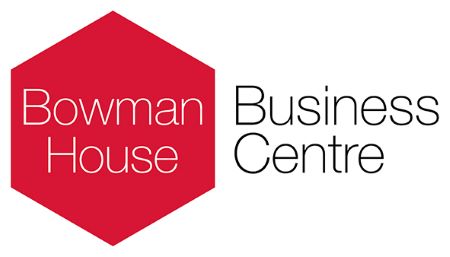In case you missed it see what’s in this section
Let's Talk
Differences In The Updated GHIC Card
Recently, there has been a change to health coverage that UK residents are entitled to when travelling abroad.
In the past, applying for an EHIC meant you were entitled to health services overseas, but since the beginning of 2021, these cards have become outdated. The GHIC is now used as an updated EHIC, meaning all travellers should apply for this before heading off on their travels. To find out more about how these cards differ, read on as we take a closer look.
What is a GHIC card?
If you’ve travelled to Europe in the past, you may have had an EHIC card that meant you were entitled to health coverage. However, from the start of 2021, this card was replaced by the GHIC card. GHIC stands for Global Health Insurance Card and means any UK resident can access healthcare when travelling to the EU or EEA, as well as countries like Australia and New Zealand. Having one of these cards means if you find you need medical assistance on holiday, you will be entitled to the same level of state care as residents of the country you’re visiting. This could mean free health care, or health care at the cost of how much residents are charged.
A GHIC can cover treatment for pre-existing conditions, as well as maternity care, and emergency medical treatments. It’s worth noting that these cards don’t cover all aspects of treatment, like private care, so it’s always worth taking out additional travel insurance to cover any additional health care costs and other issues that you may come across like reclaiming lost baggage, or repatriation.
As previously mentioned, these cards have since been changed from EHIC to GHIC, so it’s essential that you consider the differences between the old and the updated version. Here are a few factors that have changed:
Coverage: The GHIC has simply extended the coverage that an EHIC provided. It now covers the UK, Australia, New Zealand, and other countries that aren’t in the EEA. This means you can use it when travelling to a range of places. The treatment that’s included when using your GHIC may change from country to country, so getting to know more about the treatments it covers before you travel is essential.
Validity: The EHIC is no longer a valid option for those living in the UK, which is why it’s essential to update your out-of-date EHIC to a GHIC before you travel abroad. The length of validity for a GHIC is now 5 years, in comparison to the EHIC which was just 2 years, meaning you’ll get longer out of it, and more cover on your travels.
Private health care: The EHIC could cover some private healthcare costs depending on the country you were travelling to, however, the GHIC does not. This means you should take out additional travel insurance to cover any costs that your GHIC may not be able to cover.
Design: It’s not just the coverage and length of validity that’s changed with the GHIC. If you’ve had an EHIC in the past, you may remember it as a blue and white card. Now, when your new card arrives, you’ll be able to identify it by its bold, union jack flag design.
Do you need GHIC and Travel Insurance?
Whilst a GHIC card covers a range of medical emergencies, it’s recommended that you apply for travel insurance as well as there are a few things it may not cover, for example, repatriation, private healthcare, and other non-medical expenses like lost luggage, or cancelled flights. Travel insurance as well as a GHIC means that you will be covered and fully protected when travelling abroad.
Weather in Swindon
Listings





















